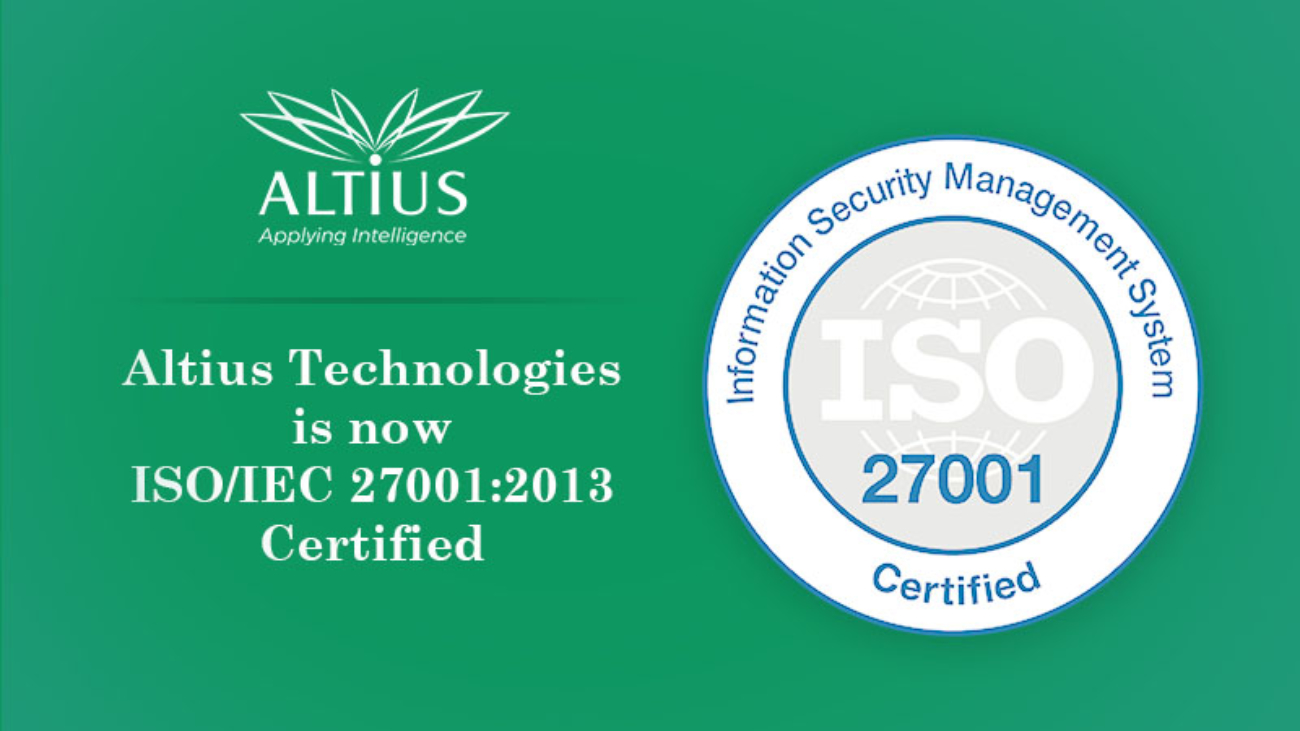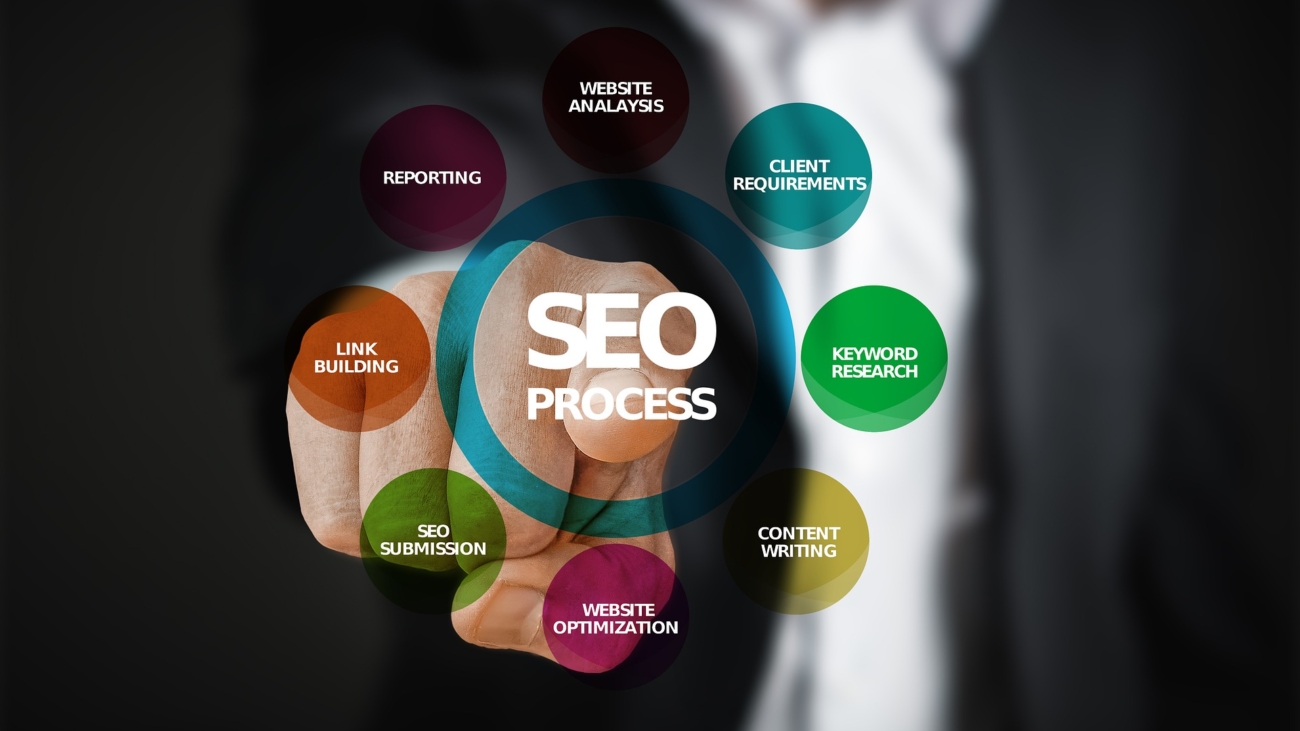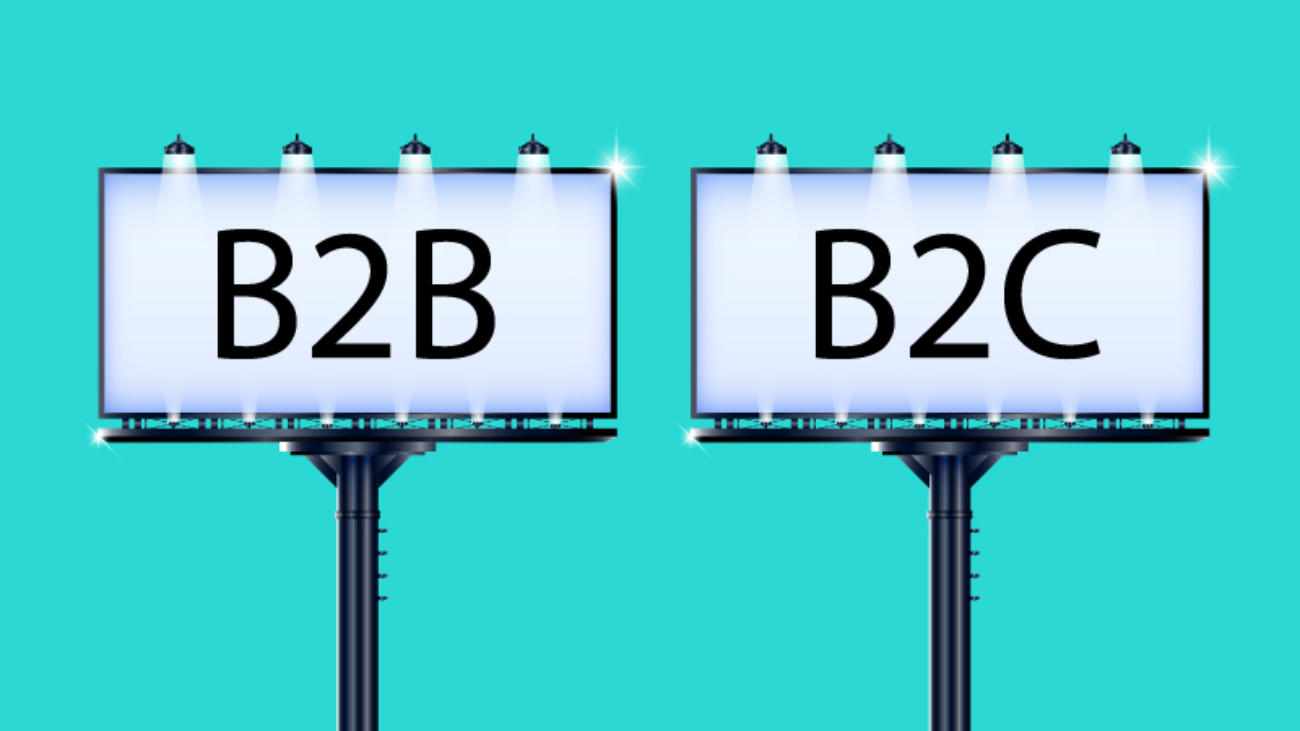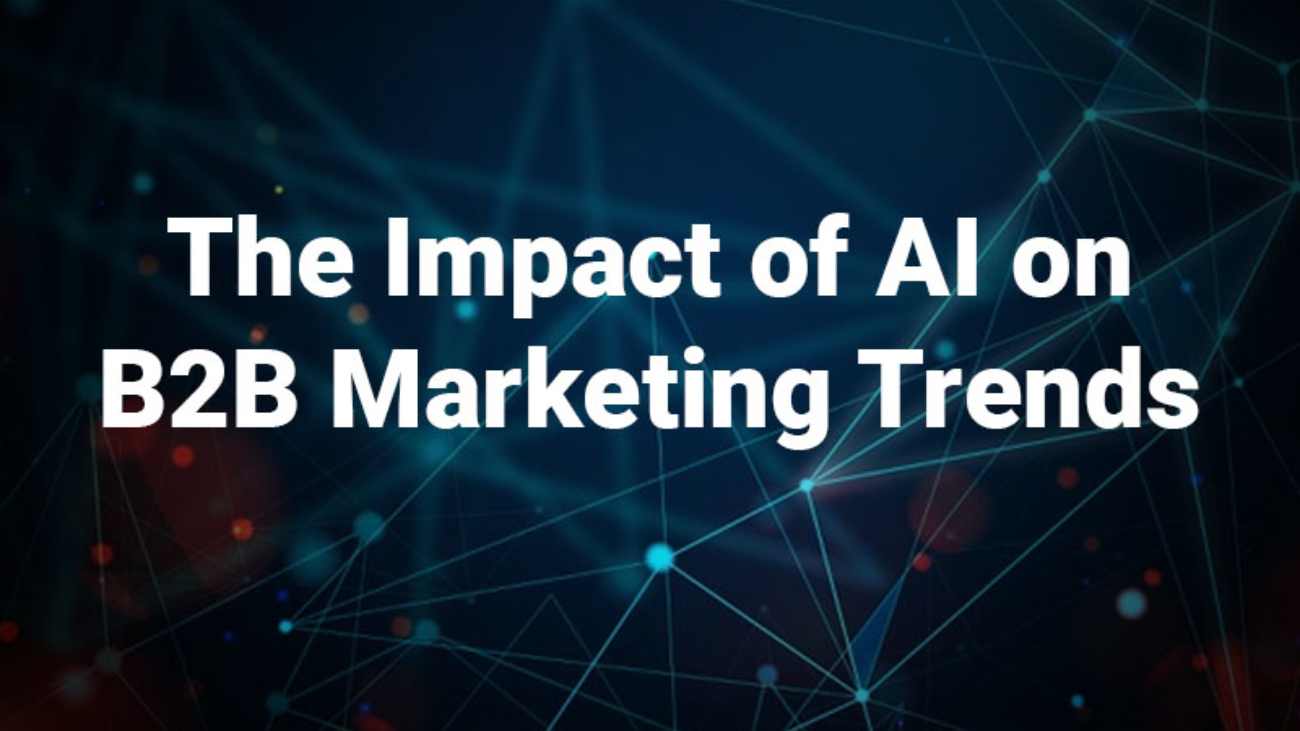With 20% of annual sales is connected to the Christmas period, brands and retailers optimize their marketing spends around this time.
If one doesn’t do so, there is always the risk of losing customers to more aggressive players. Here are a few pointers to boost your e-commerce Christmas sale.
1. Create a sense of urgency
Though this may sound very B2C, creating a sense of urgency like ‘one 2 left in stock’ surprisingly increases sales.
Many popular B2C marketplaces use this tactic. This should prove useful to a B2B e-store owner as well.
2. Get in touch with old customers
A happy customer is always a good customer. Reminding an old customer from your database through email, on the products he purchased and the value- added services you provided, will jog his memory.
Sending a personal wish along with a discount coupon around the Christmas feel, or just updating them on the new stock you are selling now, will give your old customers a good feeling about you.
Managing your brand health at any time of the year, is key for sales.
3. Do not over-concentrate your budget around the Christmas dates
Research shows that although search volume and clicks go up during the cyber weekend a significant percentage of shoppers don’t convert until the following week.
Hence, it is advisable to spread your budget through the cyber week, leading upto Christmas.
This will help you convert higher-intent shoppers who are ready to make the final purchase, based on the research they had done the previous week.
4. Offer free shipping on selected items
Research shows that a vast majority of shoppers look for free shipping instead of discounts on products. In-order to capitalize on this incentive, draw a formula around the products your sell.
I am sure, you would have products in your stock, that have a high retail value, but low shipping costs.
You can offer free shipping on such products for a limited period. IF this does not work out, offer free shipping to those who make a minimum dollar purchase.
5. Use popular keywords
SEO forms a base to a multitude of searched items on the internet.
Make sure you use popular keywords in your e-store’s content to get maximum hits.
Use relevant and popular keywords. Plan your Christmas marketing strategy around these optimized keywords.
6. Referral program
Using a referral program with a code to happy customers, is a great way to increase your customer base.
Satisfied customers are bound to share this code with family and friends, thus increasing your potential sales for the holiday season.
This is a great way to increase your sales and profits without much thought.
7. Social Media strategy
The power of social media is limitless. Identify social media channels that get maximum number of ‘your kind of visitors’.
Next, plan an e-commerce marketing strategy in a social media platform and communicate what needs to be heard.
Appealing to your target audience in the right environment in key to doing great marketing.
Make sure your profile and all communications has the ‘Christmas feeling’ to it. Imagery, content and the design should all shout out, ‘Merry Christmas’!
8. Using the right content
We all know that Christmas is often an excuse to buy new things. Target people who believe in this by using keywords like ‘Christmas Deals’, ‘Holiday shopping deals’, ‘Must buy Christmas gifts’ etc.
Your content should excite and educate your target audience. Your content should drive your target audience to your website.
Beyond that they are free to make an informed decision on their own.
9. Your special customers get special rewards
Many B2C retailers have now started to attract and keep their special/high profit customers happy by showcasing deals before everybody else gets to see. The same can be applied in B2B aswell.
Contact your sharks and make sure they get codes, coupons and limited access deals to products unlike the usual customers.
Using this tactic, helps you get your word-of-mouth marketing going amongst similar customers and you also make sure your sharks are happy.
10. Stock up!
You need to stock up well before December. Make sure you get the right warehouse and shipping third party details to send out stock as and when the purchase is made.
All this, so that you do not want to put up ‘ Out of stock’ against some products.
If you know that there is going to be demand for a certain kind of product, make sure you stock some extra.
When you are unable to deliver goods that are purchased, it reflects bad on you and your brand. Don’t let that happen!
11. Bundle up products
Give your users the power of choice. When you bundle up products that could together give your customer a massive discount over and above the holiday discount, he is sure to clear some products from your warehouse.
Bundle up products that you think may serve the similar purpose or go together as a set. This is a tactical way to push inventory and save shipping costs.
12. Customer reviews
Research shows that at least 85% of online shoppers consider, product feedback and customer reviews before making the final purchase decision.
In this holiday rush, people are bound to be reading customer feedback on products before doing their research on other brands’ of products.
Make sure your have positive feedback and appealing customer reviews to enable positive purchase decisions.
13. Seamless shopping experience
Make sure your product pages are updated with the right product content, High-res images are uploaded and of course your webpage loads effortlessly on a desktop or on a mobile device.
Make sure there are no broken pages.
Providing an easy to navigate and informed e-store increases to chances of purchase from visitors. Remember, customer engagement is key!
The above mentioned are mere ideas.
Ideas brought to life, increases your profits. As an online seller, make sure you hire the right team to get the job done.
You are one whole month ahead of the holiday season.
Make sure your e-store is Christmas ready this 2019, by partnering with Altius Technologies.
Providing end to end solutions for e-stores, Altius can help you with data enrichment, catalog management, e-store designs, payment gateways, thus — increasing profits this holiday season.
To know more,










